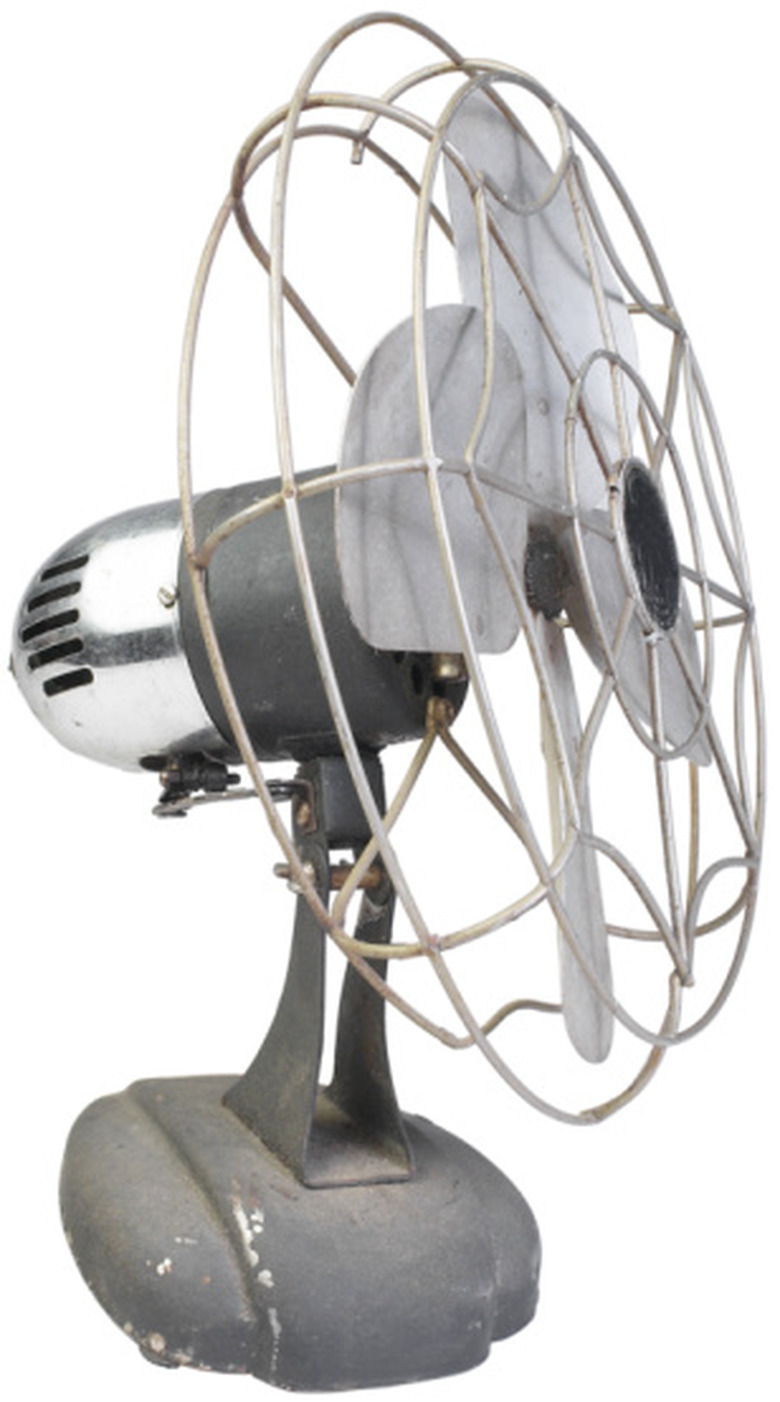What Causes An Oscillating Fan To Stop Turning?
Fans offer an economical alternative to central air-conditioning. On a warm day, fans circulate air within a home, especially if equipped with an oscillating feature. An oscillating fan moves the fan head from side to side in a slow motion, forcing more air circulation within the immediate area. However, the mechanical nature of the oscillating feature can fail and stop turning.
Type of Oscillating Fans
Type of Oscillating Fans
A tower fan is a narrow, vertical fan assembly. Its design is meant for small spaces. A spinning internal tube within the middle forces air out the front grates, creating the air movement. A pedestal fan is a traditionally designed fan head. A thin, vertical support extends from the base. The support attaches to a large, circular fan head enclosed within two connected grates. Desktop and table fans also have the same fan head shape as the pedestal type, but on a smaller scale for comfortable spacing on a work desk.
Fan Mechanical Failures
Fan Mechanical Failures
Each fan uses a motor within the fan's housing behind the spinning blades. The motor begins rotating when the on switch activates, causing the attached blades to spin as well. The oscillating feature also uses a motor attached to the main rotating blade motor. Water and moisture should not enter either of the motors. Any moisture within the motor's mechanical parts can corrode the internal bearings. Corroded bearings will eventually seize, causing fan turning failure for both the oscillating feature and blade movement.
Fan Power Failures
Fan Power Failures
Most oscillating fans use AC (alternating current) electricity from a basic wall outlet. However, a pinched or damaged wire within the power cord can cause intermittent or complete fan failure. Verify that the wire's length is free from visible cuts and extreme pinches, such as stuck under a table leg. Wiring within the motor housing can also cause failure. Motor overheating, from bad motor bearings, can damage sensitive internal wiring.
Simple Troubleshooting Tip
Simple Troubleshooting Tip
An oscillating fan uses a knob assembly on top of the motor housing for adjusting the oscillation on and off. Typically, pushing the knob down activates the oscillation feature. The knob triggers the internal oscillating motor into motion. Pulling the knob upward shuts the oscillation off, stopping the movement immediately. However, if the knob assembly breaks, it will prevent activation. Open the motor housing and inspect the knob from the internal side. Verify that no parts are broken off inside and that the knob makes contact with the internal mechanisms.
Warning
Warning
The motor housing has electrical components that can cause electrocution if mishandled. Confirm that the fan is unplugged before attempting to open the housing.
